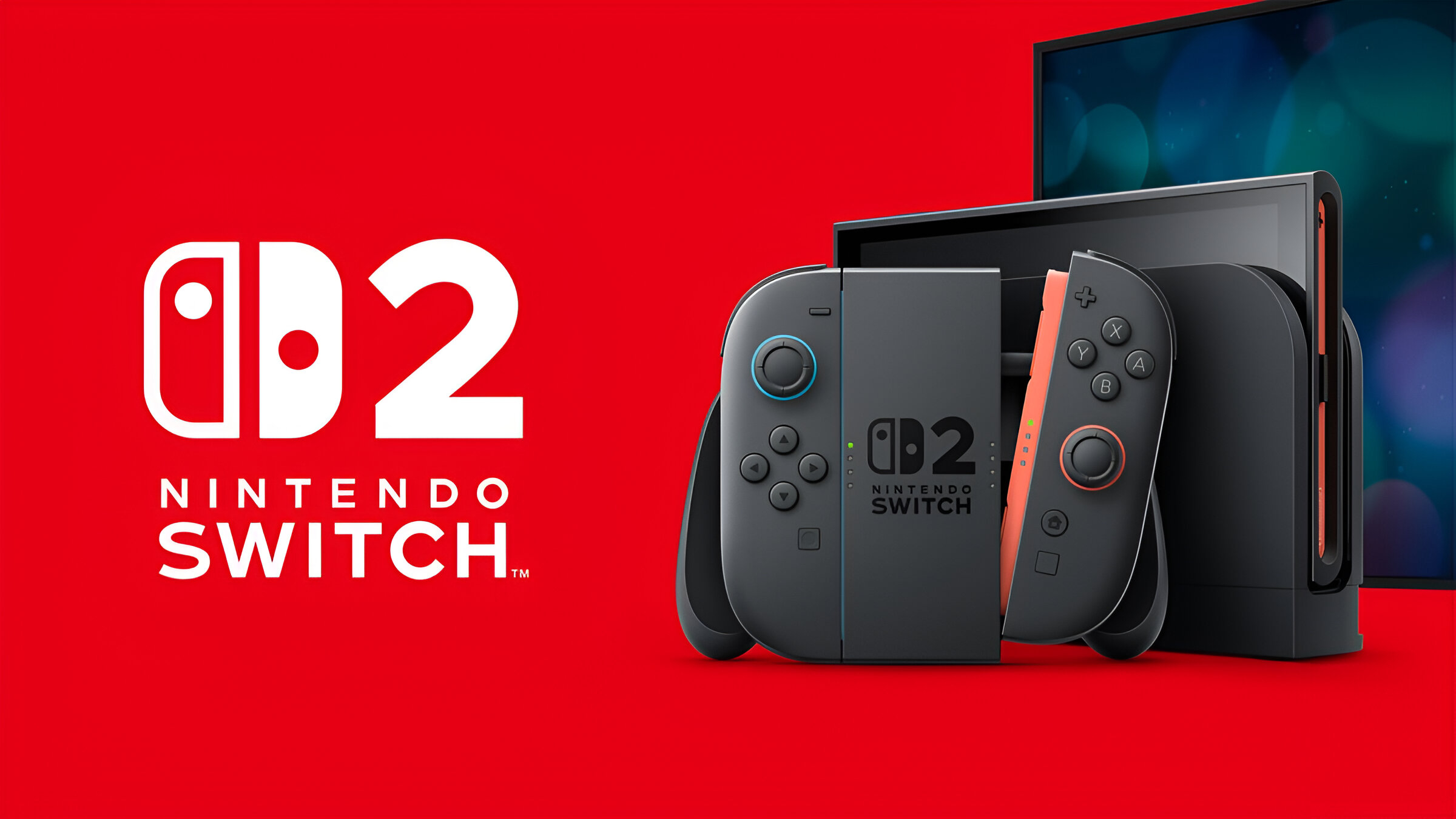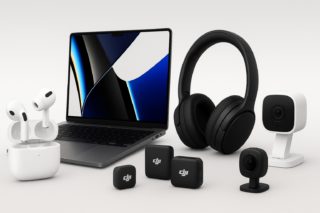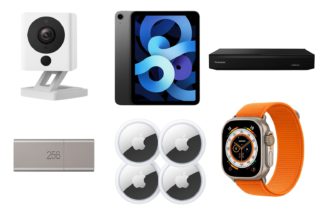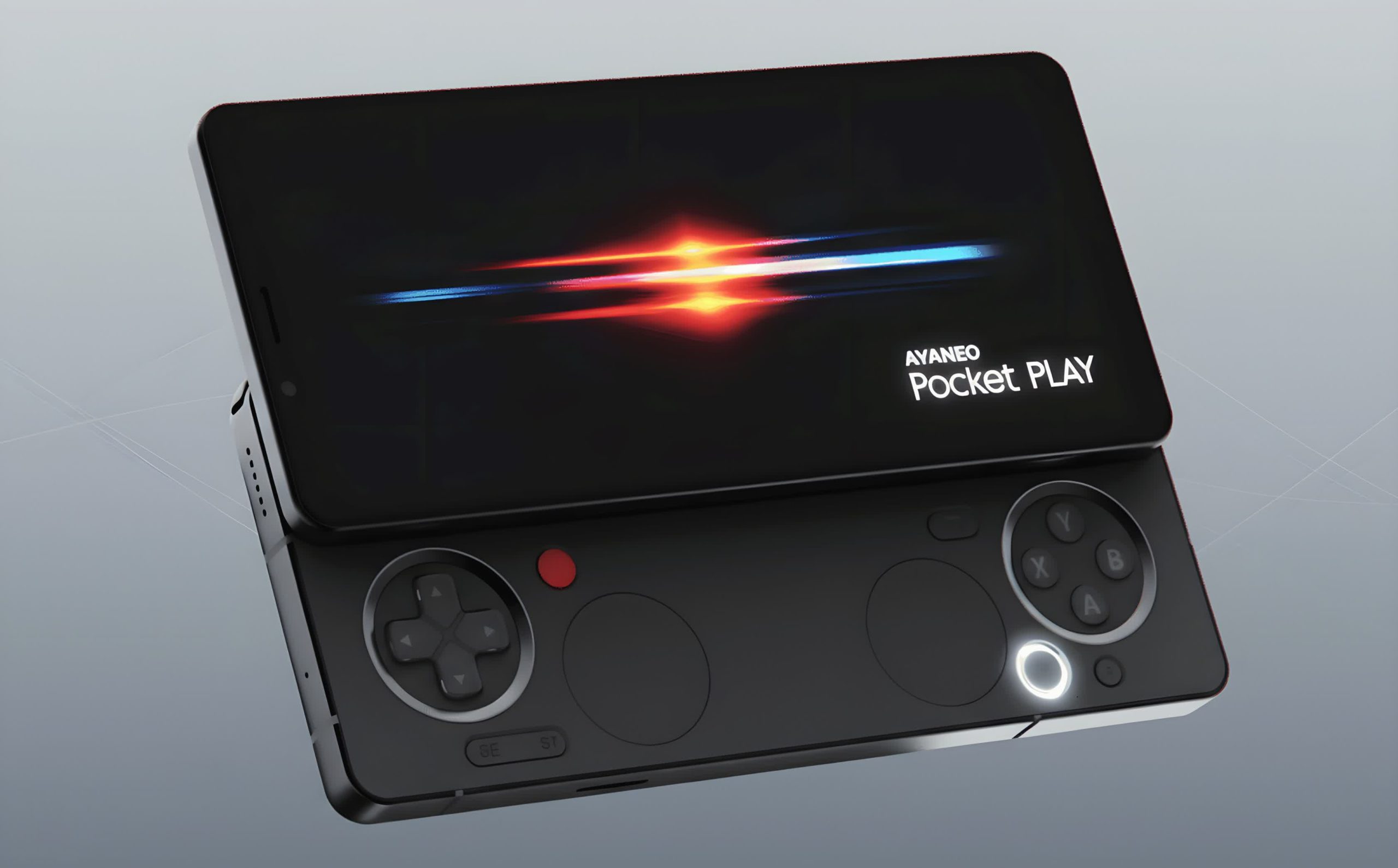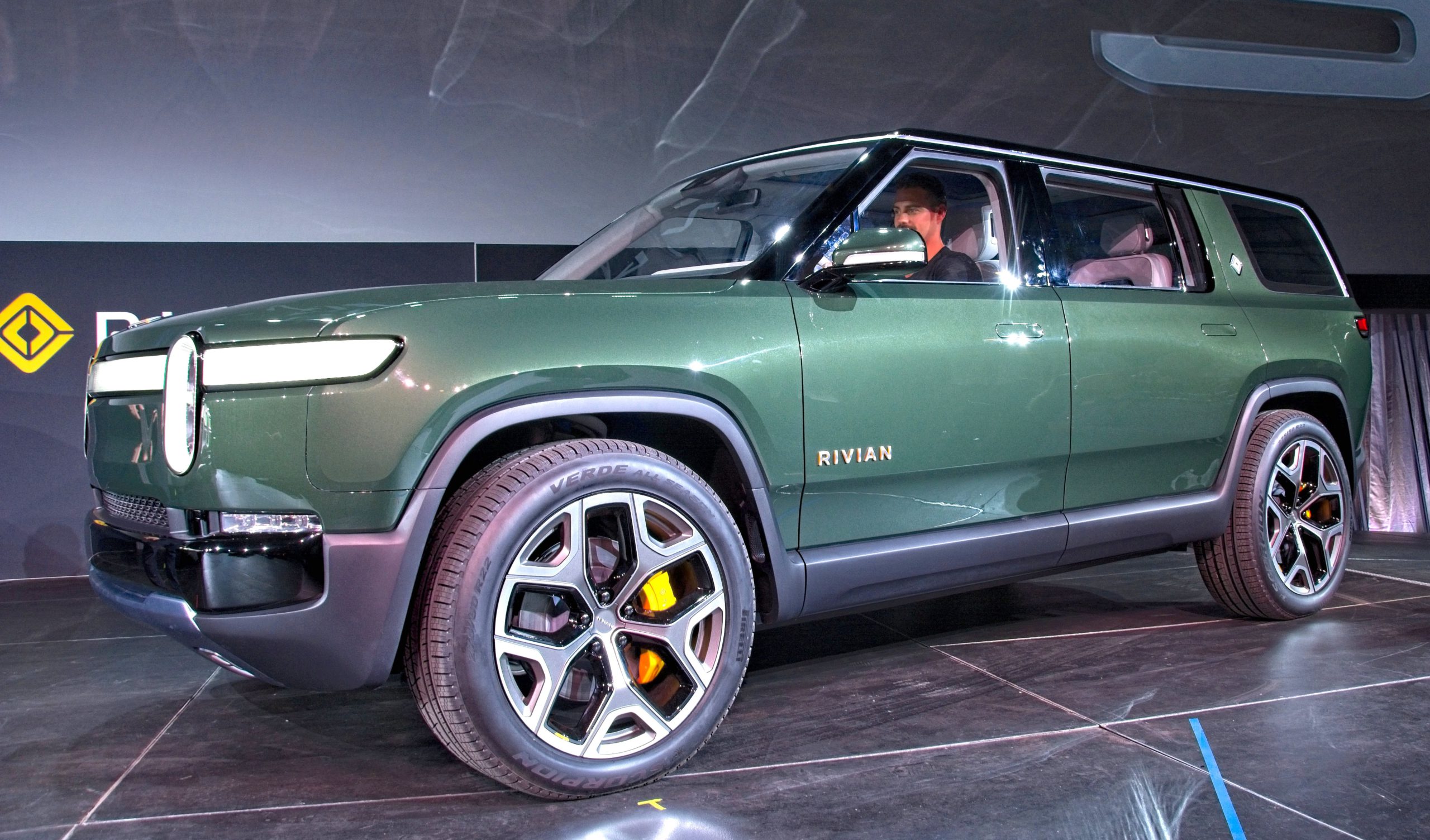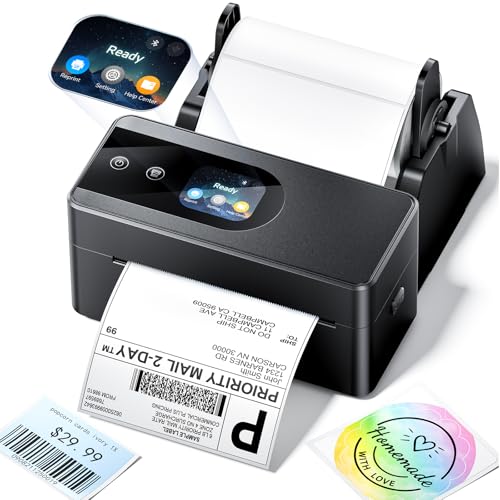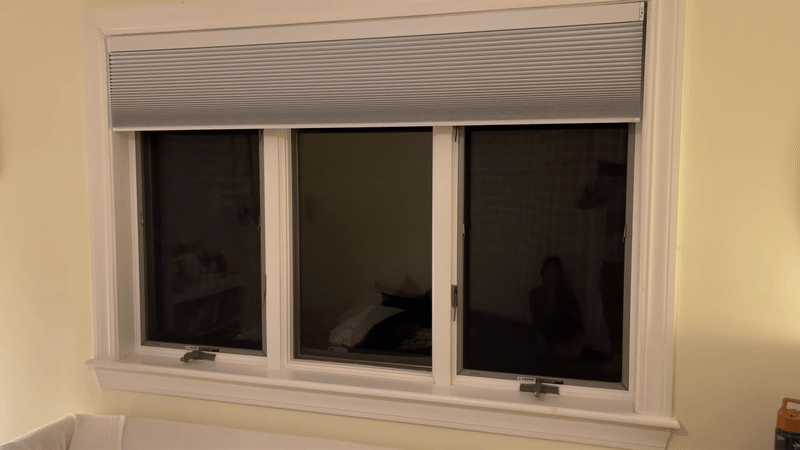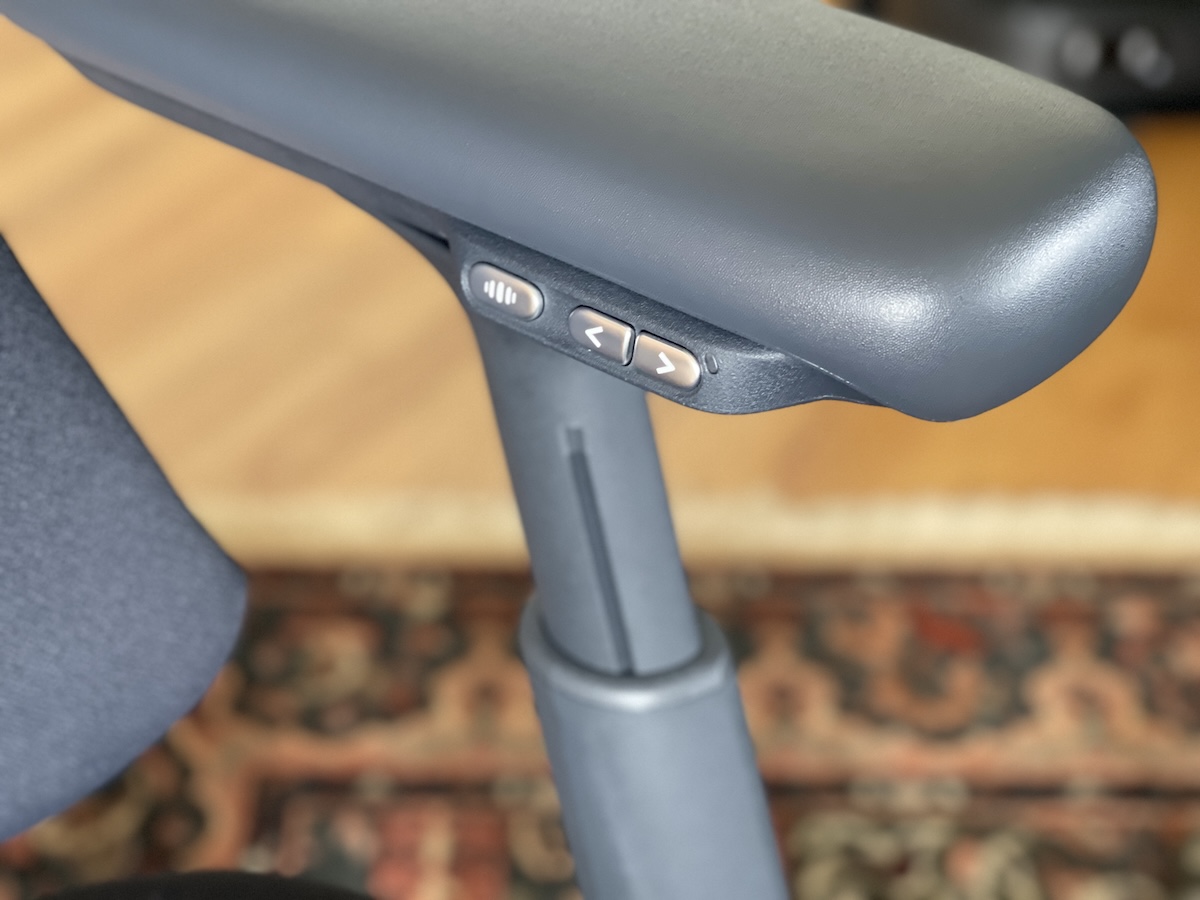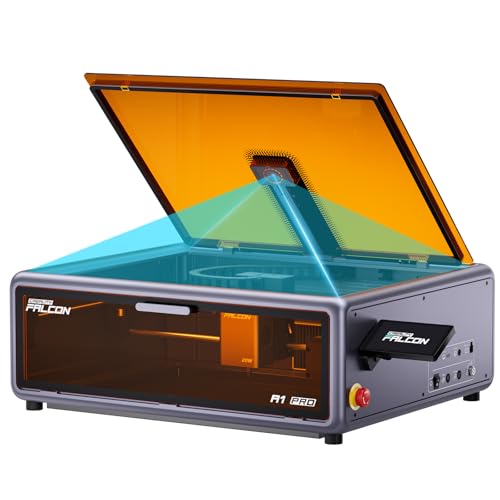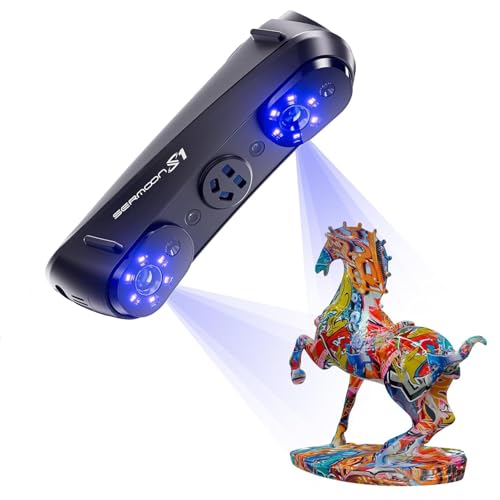Pre-order day for Nintendo’s highly anticipated Switch 2 has arrived, and the scenario unfolding feels remarkably familiar. Like watching your favorite TV show reboot with the same plot points, Nintendo fans find themselves furiously refreshing browsers, hoping to secure a console that seems destined for scarcity.
The Price of Admission
The Nintendo Switch 2 arrives with a $449.99 price tag, while those seeking the Mario Kart World bundle will need to part with $499.99. Game prices have also inched upward, with flagship titles commanding $79.99, positioning the Switch 2 firmly in premium territory. These numbers haven’t changed since the announcement, though Nintendo’s official statement about accessory pricing flexibility suggests possible adjustments depending on market conditions.
Think of it as a restaurant that lists “market price” for seafood – you’re not quite sure what you’ll pay until you’re already committed to the experience.
When Past Becomes Prologue
Nintendo Switch 2 leaks suggest imminent pre-orders following the April 2nd event, and if history is any indication, eager fans should brace themselves. Anyone who attempted to purchase the original Switch in 2017 knows the drill—store shelves remained barren for months while online inventory indicators perpetually displayed that dreaded crimson “Out of Stock” notification. Finding Nintendo’s hybrid console during that period required the persistence of a Souls game player and the timing of a speedrunner. Industry analysts have noted Nintendo’s recurring pattern of supply constraints across multiple product launches. According to market reports, the company continues to face challenges meeting initial demand despite having experienced similar situations with previous hardware releases.
The Scarcity Question
While Sony and Microsoft have improved their supply chain performance with recent console launches, Nintendo’s ongoing supply constraints have sparked discussion among industry observers. The pattern isn’t unique to the Switch 2 – it resembles previous launches where availability issues persisted for months.
Remember how the NES Classic became nearly impossible to find? That $60 device regularly commanded $200+ on secondary markets, creating a mini-economy around the scarcity itself, as documented by TechCrunch and other outlets at the time.
For Nintendo’s accountants, this situation presents a delicate calculation. Every frustrated fan represents not just a delayed hardware sale but potentially lost software revenue and diminished brand loyalty in an increasingly competitive landscape.
The Road Ahead
Nintendo now navigates twin challenges: manufacturing enough consoles while maintaining customer confidence. The company that once dominated the handheld market now shares that space with formidable alternatives like the Steam Deck and ROG Ally – options that might look increasingly attractive to gamers tired of availability constraints, as Polygon and other gaming publications have reported.
For those lucky enough to secure a Nintendo Switch 2 pre-order, it promises to build upon the revolutionary hybrid formula that reshaped gaming expectations. For everyone else? The wait continues, adding another chapter to the complicated relationship between one of gaming’s most innovative companies and its dedicated fan base.
When approached about production capacity, Nintendo provided only their standard statement regarding pre-order timing and pricing – saying everything and nothing simultaneously, much like a politician during election season.


